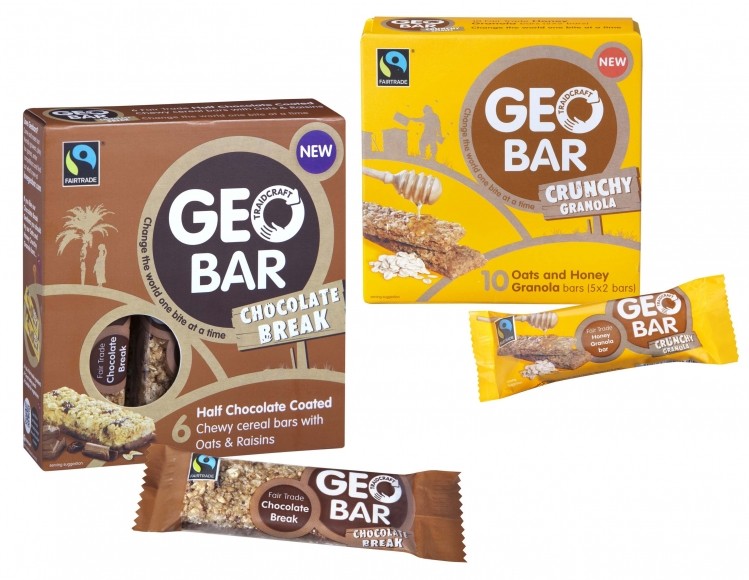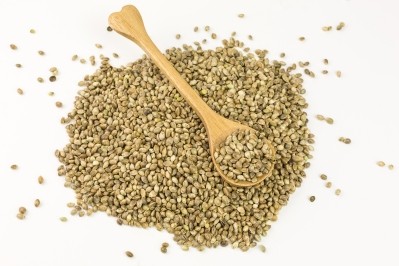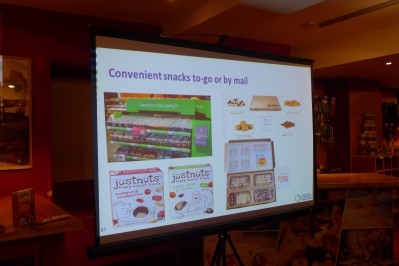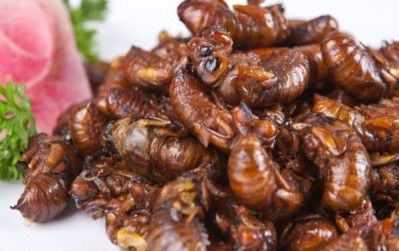Expert outlines five healthy snack bar trends

Mondelēz International, owner of Cadbury, had fuelled consumer interest in mid-morning snacks with its belVita Breakfast Biscuits and was now building on that, Conlon told FoodManufacture.co.uk.
“Cadbury Dairy Milk has now jumped on board the mid-morning snacking market with an oat bar that is 30g at 150 calories,” she said.
“Oats are associated with the morning as a filling breakfast. It is a healthier option than the standard chocolate bar and this is a step in the right direction for the chocolate industry giant.”
‘All natural and raw’
Other bar manufacturers were pursuing different paths, she said. “All natural and raw is another trend for healthy snacks, following on from the ‘free-from’ trend that has taken over the nation.
“Nakd bars are a hugely popular snack brand with flavours such as raw cacao. These raw foods are becoming more evident in snack bars. Now the UK’s first Fairtrade gluten-free bars, Geo bar, have been launched, with flavours such as cocoa and beetroot, also using raw fruit. This is a growing market with room for innovation.”
But adults weren’t the only ones being catered for by the makers of healthy snacks, said Conlon. She pointed to children’s lines for tuck shops and lunch boxes. “A company tapping into the demand for convenient and healthy snacks are Elite Healthy Foods; they are launching a revamped new range of their fruity snack product Yu!
“There is a selection of mini 100% fruit chews with no added-sugar in a small lunch box friendly format, with less yogurt coating and a higher fruit percentage. We will see more of these low-sugar fruit options that can be offered in schools to replace the chocolate bars, which is a step in the right direction.”
High protein
An alternative to low-calorie foods that filled a hole was the high protein bar, which made consumers feel full for longer, said Conlon.
She added: “With the lines becoming blurred between snacking and meals, snacks will become meal replacements. Consumers want low-fat and low-sugar, but high-protein options. Many examples already exist, using on-trend grains such as hemp, chia and flax seed.”
Finally, she said much ink had been spilled recently over the potential of insects to provide a high-protein, sustainable food source and they could be used as ingredients in snack bars.
Insects
“Scientists are looking at insects as a readily available source of protein to be used in snack bars. Although entomophagy is a new food phenomenon to the UK, the Food and Agriculture Organisation estimates that two billion people already consume insects as part of a normal diet.”
Ento, a food start-up based in London is currently developing snack bars using edible insects and Exo a US-based company, produces protein bars made with cricket flour.
Gramme for gramme, insects contained double the amount of protein than beef, were low in saturated fat and sugar and high in essential amino acids and micronutrients, Conlon said.
















